How to do Hiking Safely? Tips.
Hiking and trekking are very rewarding activities. In order for the experience to be enjoyed, some basic recommendations must be taken into account. There are many trails where you don’t need to be an expert, perhaps the vast majority. But there are also others instead where the level of difficulty is higher.
Whatever the route and the days it involves, it is always necessary to follow some minimum safety rules to fully enjoy it.
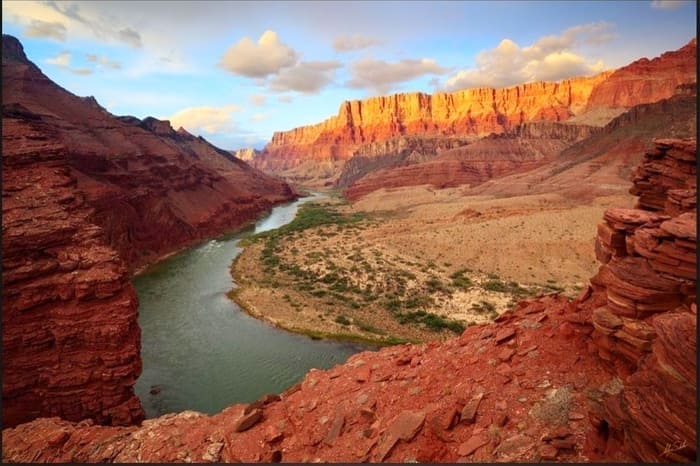
Here are some of the tips:
How should I plan my hiking route?
Find out in advance about the route to be done. To consider:
- Difficulty of the journey.
- Miles of travel.
- Terrain unevenness
- Areas of special care or danger.
- Climate of the moment in which you are going to go hiking
Internet is a great tool to consult all this data. There is a Site called Wikiloc in which all kinds of trails can be consulted, loaded and rated by the users themselves. It is also advisable to ask the local information offices for last minute news. Also subscribe by email for news if the option is available
In many cases, hiking and trekking tours take place in Natural Parks. Asking park rangers about route conditions or weather is best. The same as advising them of the routes that are going to be done.

Why should I respect local rules?
Because that saves lives and avoids serious inconveniences. Many of the trekking routes, trails and routes are within National or Protected Parks. . We must respect the regulations within those parks to take care of them and preserve them. As the prohibition of camping in areas where they are not enabled or lighting a fire, depositing litter in places indicated for it, respecting the flora, fauna and in general all the indications of the parks.
Patagonia Argentina – Laguna de los Tres – Extreme Hiking
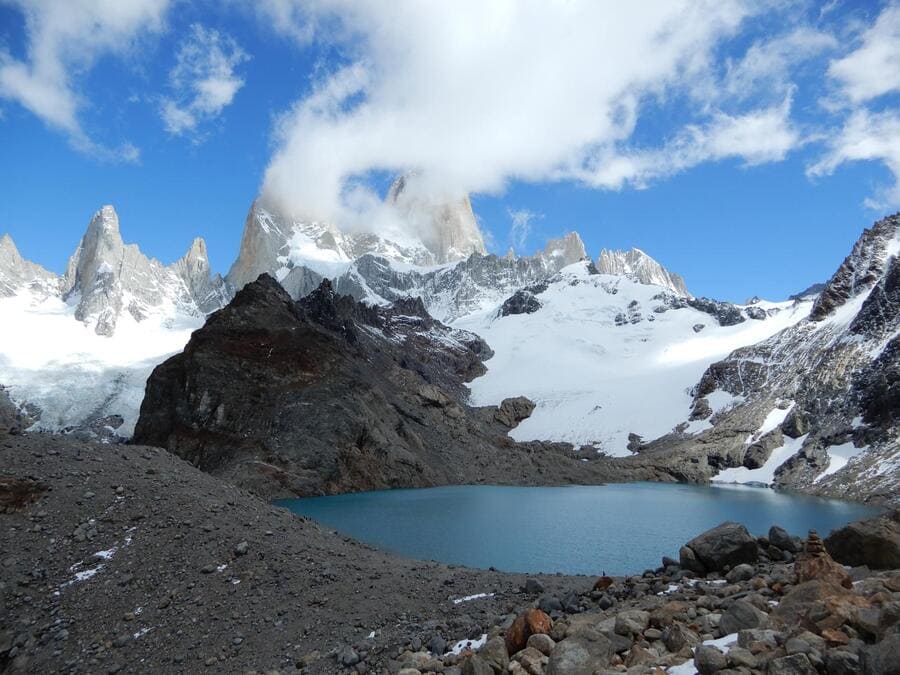
Do you need to know the weather of the hiking area?
It is very important to know what the weather will be like during your hiking tour. It doesn’t matter if it is several days or just a few hours. This is especially in the mountains or in extreme climates. In these places climatic conditions can vary in a matter of hours. Knowing the weather forecast in advance we can take precautions
If there are water sources along the way, you can take manual purifiers or purifying tablets
Should I inform which trails will be used in the hiking?
Yes. Notify park authorities if they are available. If not, let someone know if they have information about the route (Hotels, friends, family). In the event of an incident, someone can notify the enforcement authorities.
Hiking for more than a day. If your hiking route is going to last two or more days, you should bring enough food and water for the route days plus an additional day,
Hiking & Trekking Gear
What clothes and shoes should i bring?
It must be suitable clothing for outdoor and trekking. It should be light, comfortable and breathable. Footwear must be suitable for the activity to be carried out: Trekking, Hiking or climbing. If possible waterproof with goretex. If the terrain is stone or mountainous, it is advisable that instead of shoes they be boots with non-slip soles.
It is convenient to wear clothes in overlapping layers. In this way you can remove or put the clothes according to the temperature and the climate of the moment. In certain circumstances the climate changes very quickly.

An Additional Raincoat, is it necessary?
Absolutely necessary. Although there are no weather alerts for rain or snow, you must wear a waterproof layer. This protects you from the rain and also the backpack and equipment. there are special ponchos that also cover the backpacks
Should I bring some kind of Camping gear?
If you are going to camp, the tent must bear the amount of rain and wind of the place. Sleeping bags must be suitable for the nighttime outside temperature. Multitools
How to do Hiking Safely?: Thermal Blanket
it takes up almost no space. In the event of an incident or that, for any reason, it protects from cold and hypothermia.
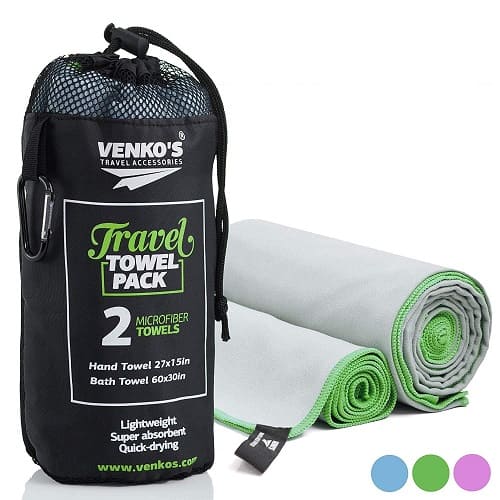
Should I bring a First Aid Kit?
You always have to carry a small first-aid kit with the basics.
- Gauze, bandaids, sticking plaster and wound disinfectants
- Bandages for wounds and strains
- Sterilized gloves
- A few small scissors
- Paper stitches
- Anti-inflammatory and pain relievers
- Physiological serum to clean wounds
- An envelope of oral serum to replace minerals if we have decomposition
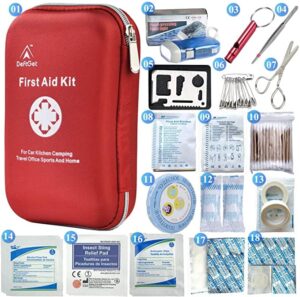
What type of Hiking Poles should I take?
They are fundamental. Folds that contain cushioning are convenient. They are essential for downhill journeys. The best are the aluminum ones, because they are lighter
Sunscreen
No matter it is cloudy or cold, it is better to protect yourself from the sun. Wear a cap or a head hat. Bring sunscreen creams for skin and lips. Also sunglasses. Remember that snow reflects the sun and UV rays. It is convenient to wear two pairs of sunglasses
Charged Mobile and Power Bank
Take your mobile with the battery fully charged. Disconnect unnecessary services. The applications used must all be offline. There is an offline maps app to use with the smartphone’s GPS. There are two things that consume a lot of battery. The screen and the GPS. For short trips it is better to use a Power Bank of up to 3 additional charges. It is also convenient to carry a power bank with solar cells, to charge it while doing the activity.
All this in case a paper map and a compass are not used
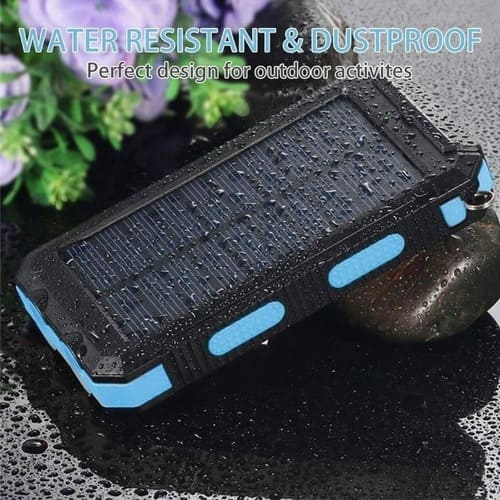
North Face Store
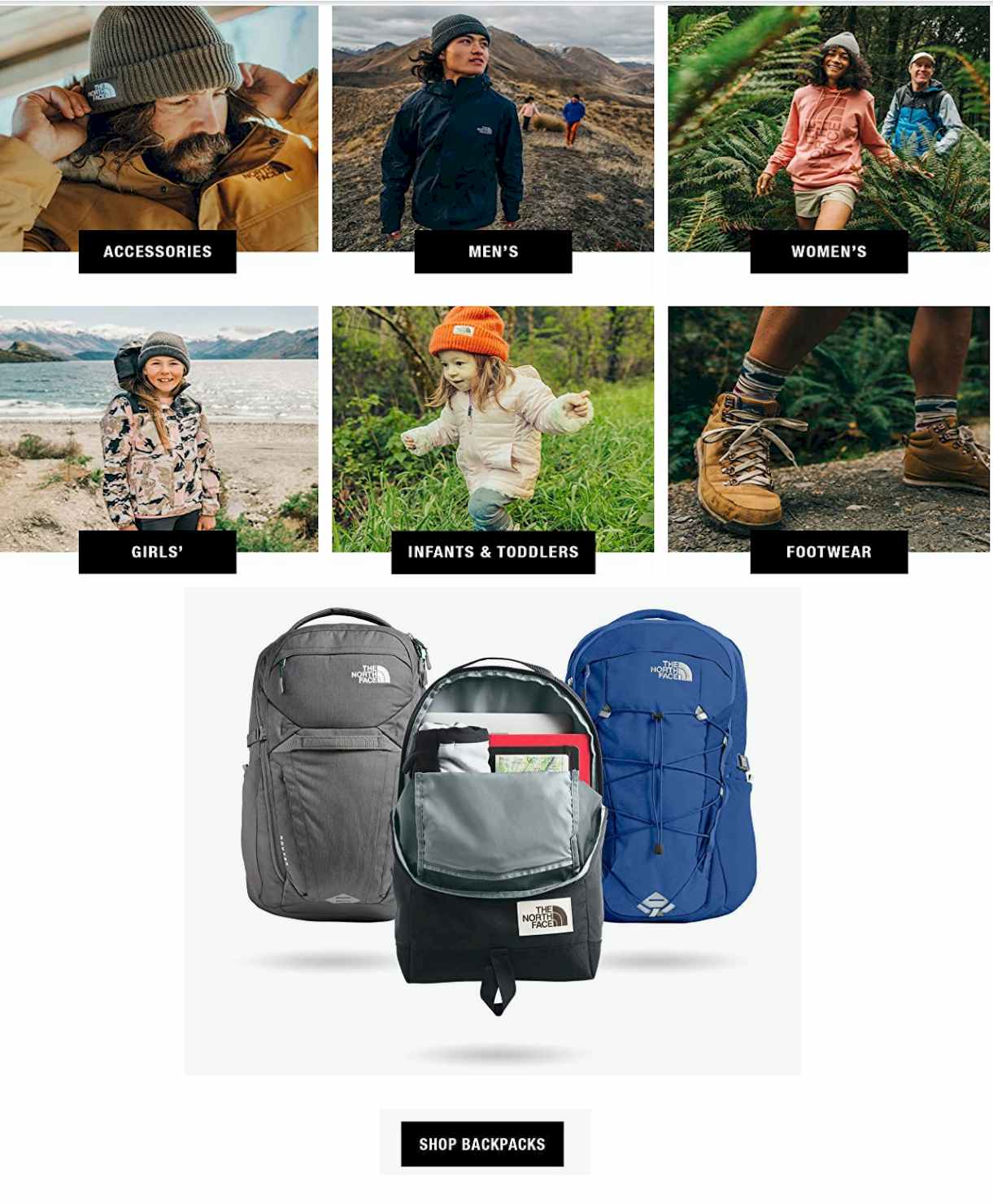
Hiking tips: GPS
You can use a GPS or use your smartphone with offline maps. It is very useful since apart from having the path marked, you can mark your own route with a checkpoint. In this way, in case of getting lost or disoriented, you can retrace your steps.
Most official trails usually have some type of signage to follow them. They can be colored marks on rocks and logs, signposts, stacked stones. These are the checkpoints to mark on the device. If there are not, you can choose and write them down.
Patagonia Argentina – Fitz Roy Mount – Extreme Hiking
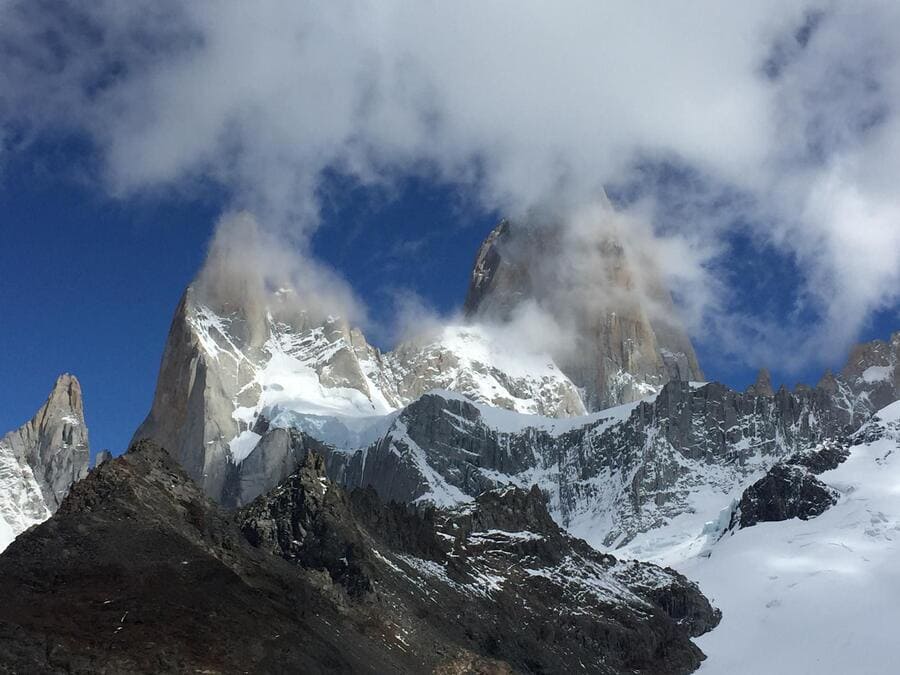
What precautions should I take on steep slopes or mountains?
Be aware of your own abilities to do the activity. Heed the recommendations of the rangers. As an example we have the descent and subsequent ascent in the Grand Canyon. You have to be very trained to do it in one day. If you feel tired you have to stop.
You do NOT have to get to the level of exhaustion. Always keep in mind that returning on time is more prudent than being exhausted and a burden for the rest of the group. If you go solo, running out can be very dangerous
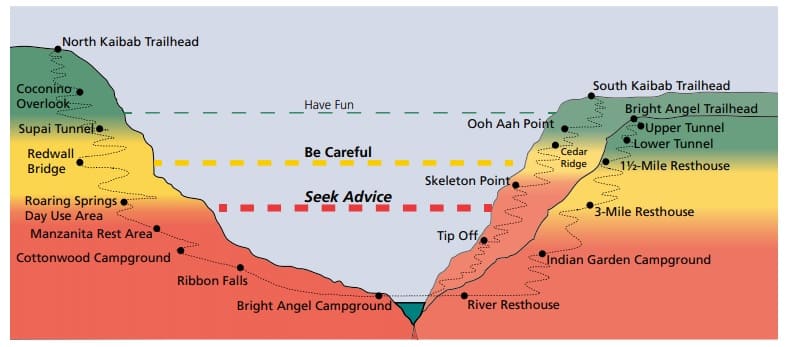
Be forewarned for the cold, even if it’s hot. Especially in the mountains, temperatures can drop dramatically. You can start the day with sun and heat, as temperatures at altitude or due to meteorological changes change rapidly.
What kind of Food and Hydration should I take on a Hiking?
It is not just a matter of being well fed and hydrated. Also is necessary to bring water and food during the journey. It is recommended to use special foods for hiking, which take up little weight and space. It is also convenient to bring water and food for reserve for at least one more day of travel.
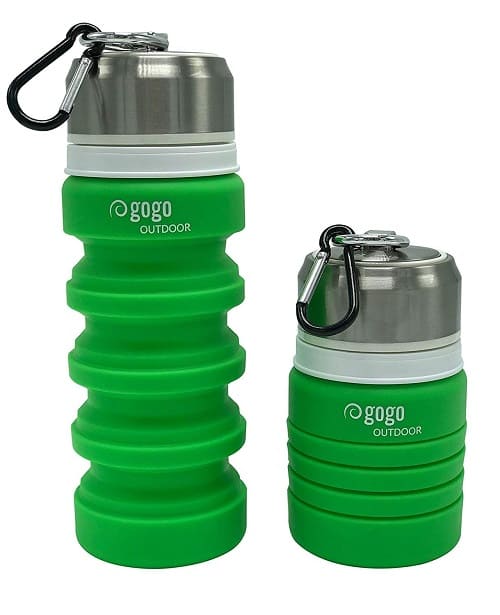
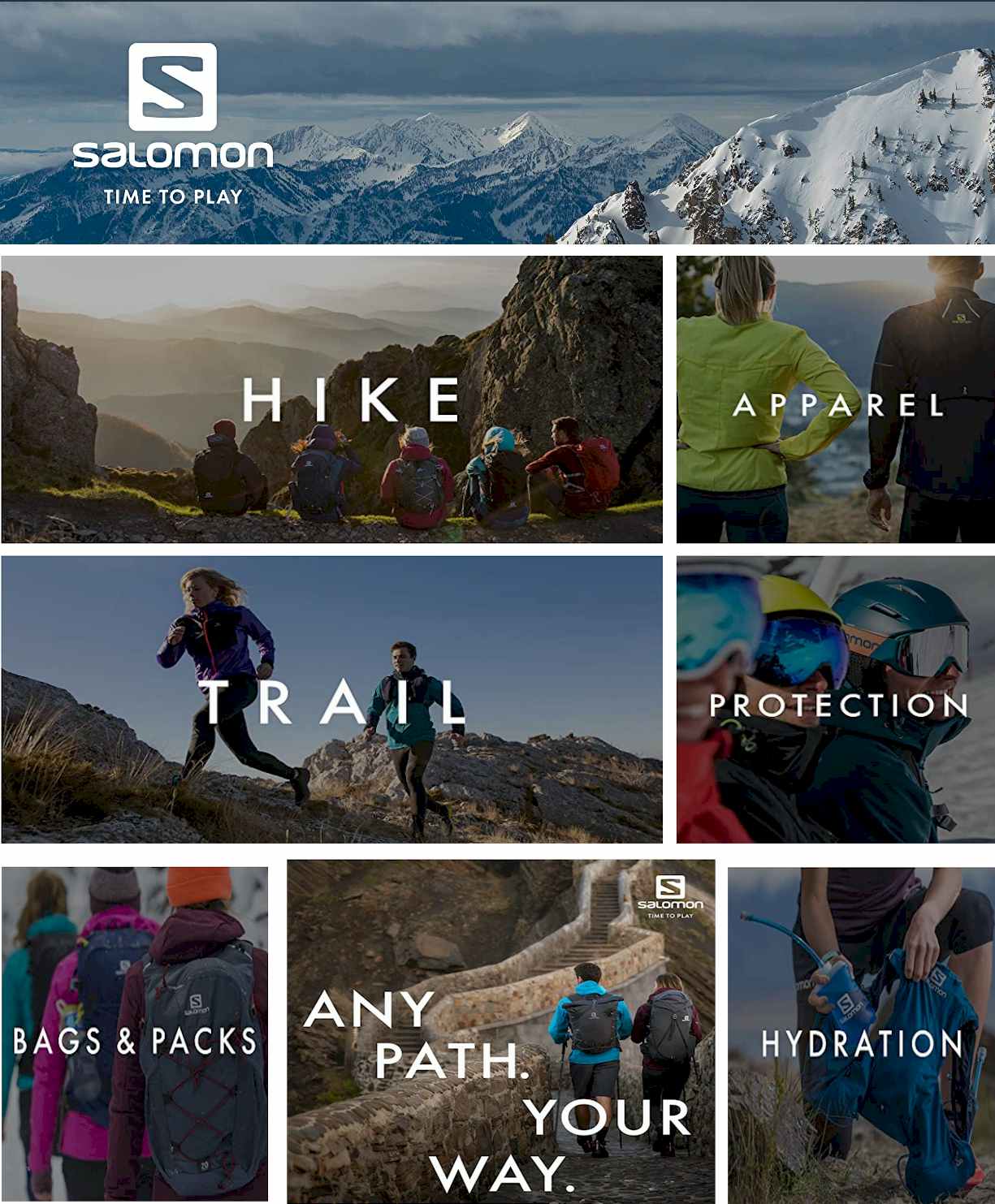
Water Treatment
During hiking or trekking, a lot of water is lost due to sweating, even in cold climates. Dehydration is one of the biggest risks to avoid. Water should be brought so that it is available for the entire journey and if possible for one more day.In case of having natural water sources, they must be treated with manual purifiers or tablets.


Eat and Hydrate Every so Often
Eat regularly during the tour. Be it energy bars, some dried fruit or a piece of fruit. Also drink water periodically. Improves performance compared to drinking plenty of water and eating over long periods of time.
Rest Regularly
Take time to regain strength. Every hour or when you need 5 minutes to rest, take advantage of these moments to eat or hydrate
Trekking and Hiking in Group
If possible go in a group for these activities. Going individually increases the danger of us being assisted in the event of an incident.
Return with all the waste that is generated
This should not be said, but bring back all your trash. Nature does not need our plastics and waste.
How to do Hiking Safely?: Training
It is convenient in case of hiking or trekking of several days or of great difficulty, to carry out some type of physical training. The idea is to get the body used to walking in nature and resist fatigue. This will ensure that you can give it your all on the longest routes.
Related Post
- Travel Gadgets for Trekking & Hiking
- Camping Gear
- US National Parks
- Grand Canyon National Park
- TSA Liquids Rules
- eReader & Digital Paper
- National Park Service
- Amazon Products Search







